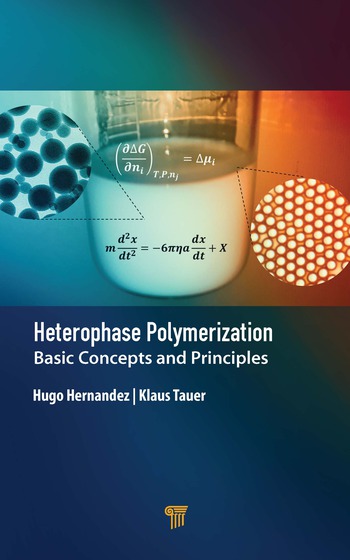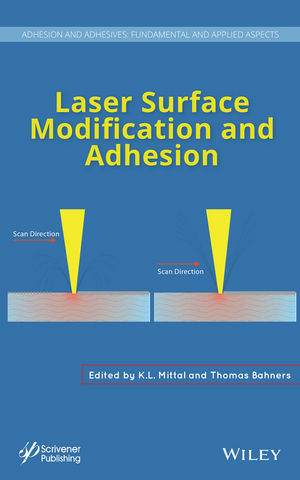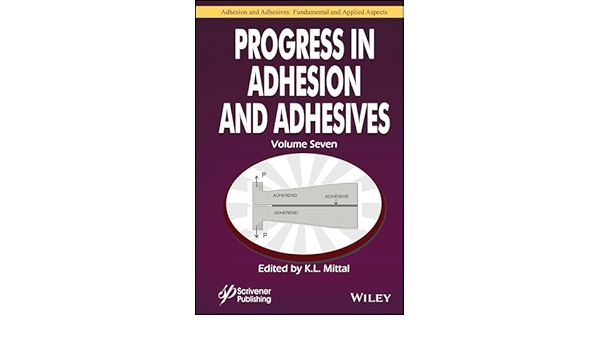Ask Dr. Dave
Question:
We have developed a new adhesive/sealant and are in a quandary on the best materials for packaging it. Our major concern is the sensitivity of the system to atmospheric moisture. Can you recommend suitable materials for packaging – preferably plastic? We can do accelerated humidity testing of filled packages but are not sure how to extrapolate the results to real-life situations.Answer:
You can obviously package your product in glass or metal cans or tubes, which will totally prevent moisture ingress. However, you indicated that you would prefer plastic containers. If you can handle a rigid container, then heavy-walled polyethylene containers will give suitable shelf lives for most products. If a thinner-walled flexible container is better, then it may be necessary to coat your plastic with a material with a very low moisture-vapor transmission such as polyvinylidene chloride. An alternative is to use multilayer film or sheet materials to construct your package – these types of films are widely used in the food packaging industry. Our company, bms, has recently written a technology and market report on plastics in packaging1 that can provide you with more details of these technologies.
One of the simplest ways to estimate the shelf life of your product is to calculate the vapor pressure of water under both your test conditions and the ambient conditions where it will be stored. For example, you find that your product is stable after one week at 85 degrees C and 100 percent relative humidity. The vapor pressure of water under these conditions is 433.6 mm (from tables in any good materials handbook). You can calculate the vapor pressure of water under ambient conditions by first checking weather tables for any particular location. For example, if average conditions at a location are 20 degrees C and 50 percent relative humidity (RH), the average vapor pressure of water under these conditions is 17.535 mm (from tables) x 0.5 (50 percent RH) = 8.76. If you divide the vapor pressure under your test conditions by the value at the location, then this should allow you to estimate the shelf life. In our example here: Shelf life = 433.6/8.76 = 49.5 weeks.
References:
1 R.H.D. Beswick and D.J. Dunn, Plastics in Packaging, Rapra Technology. 2002 (http://www.polymer-books.com)Looking for a reprint of this article?
From high-res PDFs to custom plaques, order your copy today!






